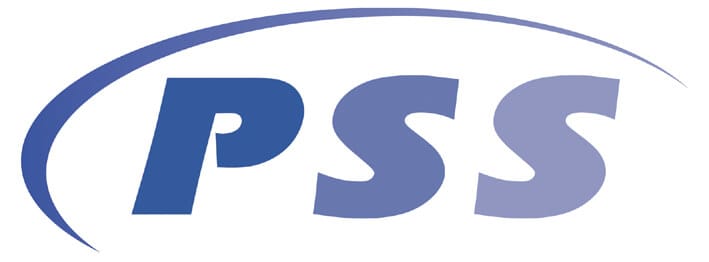Introduction
Discovery proteomics aims to understand global proteome dynamics for instance in cells, tissue or an organism. The key to gain a comprehensive picture of the biology lies in the quantitative precision, reproducibility and the unbiased nature of analysis at the highest possible protein coverage.
Modern discovery proteomics workflows mainly rely on high-resolution LC-MS/MS instruments. Until today data dependent acquisition based proteomics (DDA) is the most widely used discovery proteomics technique. A major limitation of DDA based proteomics however, is the semi-stochastic peptide selection for its identification. Therefore, the same peptides will not be identified reproducibly even when analyzing technical replicates. Despite the possibility of performing MS1 alignment, this results in high number of missing values in the data matrix that lead to problems in statistical analysis and an incomplete biological picture.


Recently, data independent acquisition methods (DIA) have emerged as an alternative where in a single measurement all detectable peptides can be quantified with high sensitivity, quantitative precision and reproducibility. However, for best performance, a spectral library typically generated from DDA runs is necessary for targeted data analysis of DIA. This increases the instrument run time and especially in small experiments presents a significant cost overhead. Biognosys, the leading developer of nextgeneration proteomics solutions, is now adding a new workflow called directDIA to its Spectronaut software. DirectDIA enables reproducible and precise quantification of thousands of proteins in a single sample without the need for DDA based spectral libraries. This is a simple workflow for label-free proteome quantification that offers significant savings in instrument time while maintaining high quantitative precision and high reproducibility at the same level as the targeted analysis of DIA data using spectral libraries. In this technical note, we present an overview of the directDIA workflow and its application to a set of six human liver samples derived from healthy and adjacent cancerous tissue. In this data set, we quantified over 70,000 peptide precursors corresponding to over 5,300 protein groups. The quantitative data completeness is >90% for peptide precursors.If you have any questions about the technical note or Biognosys’ discovery proteomics platform please contact us at support@biognosys.com.





